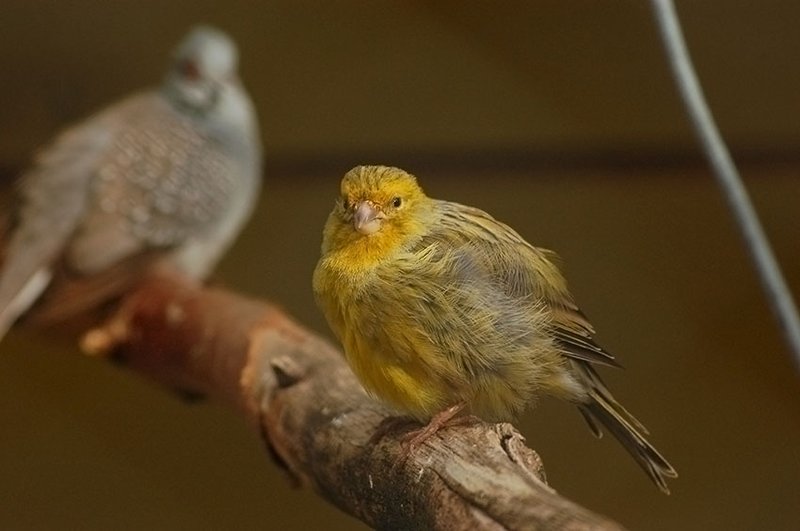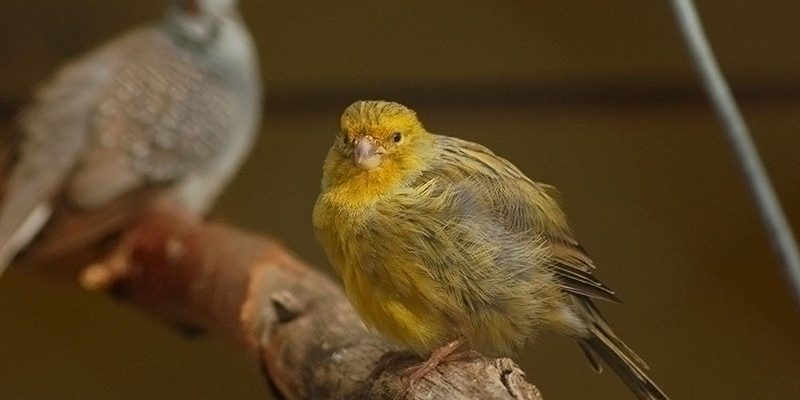
Mixing different species of birds can be a bit tricky. Just like how not every friend gets along at a party, not all birds thrive in the same space. Canaries have their own unique personalities, and their needs must be met for a harmonious living situation. Let’s dive into what you need to know to create a happy home for your feathered friends.
Understanding Canaries
Before you think about pairing canaries with other birds, it’s important to understand their nature. Canaries are generally peaceful and sociable creatures. They love to sing and can be quite entertaining to watch as they flit about their cage. But don’t be fooled by their sweet demeanor—they can become stressed if their environment isn’t right.
Think of a canary like a sensitive artist; they need the right atmosphere to thrive. Their natural instinct is to be in a calm, secure space. If there’s too much competition or a loud, aggressive bird around, they may become anxious. This is why it’s crucial to consider their emotional well-being before introducing any new avian friends.
Canaries and Other Bird Species
You might be wondering what kinds of birds can cohabitate with canaries. The simple answer is that it largely depends on the species. Generally, it’s best to avoid keeping canaries with larger or more aggressive birds, such as parrots or cockatiels. These birds can unintentionally scare canaries, leading to stress or even injury.
Here’s the thing: while some bird owners have had success with keeping finches alongside canaries, it’s still a gamble. Finches have a similar temperament but can sometimes be a bit more assertive. If you decide to mix species, make sure to closely monitor their interactions, at least during the first few weeks.
Choosing the Right Environment
If you’ve decided to keep canaries with other birds, setting up the right environment is key. A spacious cage is non-negotiable. Birds need room to fly and explore, even if just a little. If they feel cramped, tensions can arise—imagine cramming too many friends into a tiny car on a road trip!
Try to separate feeding and sleeping areas within the cage. Each bird should have its own space to eat comfortably without fear of being pushed away. You can do this using dividers or placing food in different areas. Also, hang up some perches at various heights. This gives each bird a chance to establish its territory and feel secure.
Signs of Stress or Aggression
While your canaries may appear sociable, it’s important to look out for signs of stress or aggression. Birds can’t communicate with you in words, but their behaviors speak volumes. If you notice a canary puffing up its feathers, flapping around excessively, or staying hidden, something may be off.
On the flip side, if you see other birds pecking or chasing a canary, that’s a red flag. You want to ensure all your birds feel safe and happy. If you notice consistent aggression, it might be time to separate your feathered friends. Remember, the goal is to create a peaceful space for everyone.
Canaries and Feeding Considerations
Diet can also play a significant role in a multi-bird household. Canaries have specific dietary needs, mainly fruits, vegetables, and seeds. But if you introduce other species, their diets may not align perfectly. For instance, some birds thrive on pellets, while canaries love their seeds. If they’re eating different types of food, it’s crucial to monitor them closely.
Make sure to offer a variety of foods that meet everyone’s needs. You might try mixing seeds that canaries enjoy, such as millet and canary seed, with some pellets or fruits for the other birds. But always be careful not to overfeed. Birds can be picky and wasteful eaters, so finding that balance is key.
Alternatives to Mixed Bird Species
If you’re unsure about keeping canaries with other birds, there are a few alternatives you could consider. One option is to have a separate habitat for your canaries and other birds. This way, everyone gets what they need without the risk of stress or conflict.
Another idea is to look into a pair of canaries. Keeping two canaries together can often be a delightful combo. They’ll sing to each other, groom one another, and you’ll still get that lovely melodious atmosphere without worrying about compatibility with other species.
In the end, keeping canaries with other birds can be a rewarding experience, but it’s not without its challenges. You’ll need to carefully consider the types of birds you want to house together and pay attention to their environment, behaviors, and feeding needs. Just like curating a well-balanced playlist, it takes time and attention to create harmony in your bird community.
Whether you choose to stick with just canaries or mix things up, the most important thing is the happiness and well-being of your feathered friends. Remember to give them plenty of love, a safe space, and the right environment to thrive. Happy birdkeeping!

